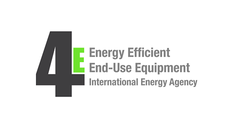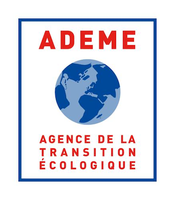Search eceee proceedings
Innovation Diffusion Theory – Identifying behavioural heterogeneity in the EV and V2G markets
Panel: 6. Energy-efficient and low-carbon mobility for all
This is a peer-reviewed paper.
Authors:
Zie Chen Chua, United Kingdom
Masao Ashtine, University of Oxford, United Kingdom
Scot Wheeler, University of Oxford, United Kingdom
Abstract
The electrification of road transport is crucial for the net-zero ambitions of decarbonising countries, by reducing energy demand through improved efficiency and the utilisation of low-carbon fuels. The UK government aims to accelerate this transition through its ban on new sales of conventional vehicles by 2030. However, this transition is inhibited by inter alia a lack of clear insights into consumer demand, which precludes effective public policies and disincentivises industry investments. Recognising the behavioural heterogeneity of vehicle purchasers, our work focuses on the application of the Innovation Diffusion Theory (IDT) on the vehicle market. IDT provides a bottom-up analysis to forecast the level of public readiness through the identification of swing consumer groups, enabling effective and targeted policies. With potential vehicle purchasers segmented into categories – based on their appetite for innovative technology – IDT also sheds light on the electric vehicle (EV) market landscape for auto- and policymakers. Additionally, the consumers likely to be left behind by the UK’s top-down mandate – predominantly used-vehicle purchasers – are identified. Besides the ‘who’, the ‘when’ can also be determined with this methodology. Market sizes of customer groups are used to determine tipping points and phases in EV diffusion. These results could then identify windows of opportunity for vehicle-to-grid (V2G). By utilising plugged-in vehicle batteries to respond to the power grid, V2G enables the UK’s twin goal of transport and power sector decarbonisation. However, typical non-V2G compatible EVs will likely inhibit V2G development, due to competing demand for consumers and technology lock-ins. To realise the benefits of V2G, IDT is used to identify industry pioneers for V2G development, enabling targeted collaboration for these projects. With the success of transport decarbonisation contingent on EV and V2G uptake, IDT can provide invaluable insights into consumer behaviours for policymakers and vehicle manufacturers.
Downloads
Download this paper as pdf: 6-316-22_Chua.pdf
Panels of
1. Dynamics of consumption: less is more?
2. Efficiency and beyond: innovative energy demand policies
3. Policy, finance and governance
4. Monitoring and evaluation for a wise, just and inclusive transition
5. Towards sustainable and resilient communities
6. Energy-efficient and low-carbon mobility for all
7. Policies and programmes for better buildings
8. Innovations in products, systems and building technologies



























